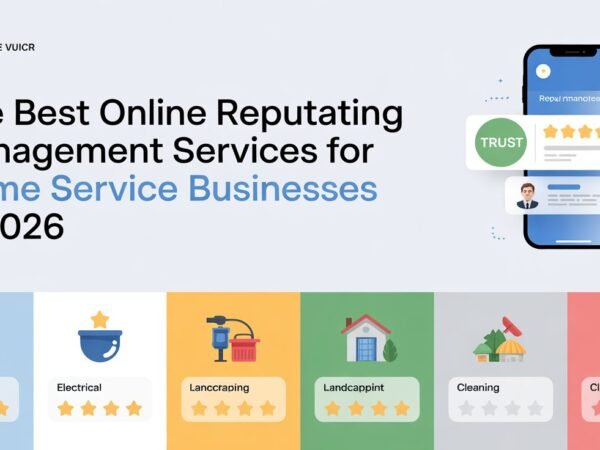In today’s increasingly digital world, e-commerce transforms how consumers shop, and businesses sell. With global transactions happening in milliseconds, companies must consider various financial and legal factors when setting prices, including taxes. One such critical element is Peru’s Value Added Tax (VAT), or IGV. VAT significantly influences how e-commerce businesses structure pricing, manage profit margins, and ensure compliance across different jurisdictions.
This article explores how VAT plays a crucial role in e-commerce pricing strategies, the challenges businesses face, and how tools like the calculadora IGV can simplify operations and compliance.
Understanding VAT in the E-commerce Context
VAT is a consumption tax levied on the value added to goods and services at each stage of production or distribution. The end consumer ultimately bears the tax. For e-commerce businesses operating in multiple regions, VAT regulations can be complex and vary significantly between countries.
In Peru, VAT is IGV (Impuesto General a las Ventas) and is currently set at 18%. This tax applies to the sale of goods, provision of services, and importation of goods. For Peruvian e-commerce platforms, this tax must be factored into product pricing and invoicing.
Many countries internationally have VAT or similar consumption taxes. The European Union, for instance, requires VAT registration for sellers who exceed certain sales thresholds in EU member states. Non-compliance can lead to fines and legal issues.
Impact of VAT on E-Commerce Pricing Strategies
VAT can significantly impact how online retailers set their prices. Here are some key ways VAT affects pricing strategies:
Product Pricing Transparency
In e-commerce, pricing transparency is crucial. Customers want to know exactly how much they’re paying, including taxes. Some businesses include VAT in the product price, while others add it at checkout. Each strategy affects customer perception and purchasing decisions differently.
- Inclusive pricing (e.g., $118 for a product, where $18 is VAT) improves transparency and simplifies the checkout experience.
- Exclusive pricing (e.g., $100 + $18 VAT added at checkout) may appear cheaper initially but can lead to cart abandonment.
Profit Margin Management
VAT must be carefully accounted for to maintain healthy profit margins. If a business forgets to include VAT in its pricing calculations, it could absorb the tax and reduce profits.
For example, if a product is sold for $100 and 18% IGV applies, the net revenue is not $100 but $84.75 (i.e., $100 / 1.18). Miscalculating this can lead to financial discrepancies.
Cross-Border Pricing Strategy
Selling internationally complicates pricing because VAT rates differ by country. A product that sells for $100 in Peru might need to be priced differently in Chile, the UK, or Germany due to varying VAT rules.
Businesses must decide whether to maintain uniform pricing, absorb VAT differences, or adjust pricing by region. The latter can lead to a more complex pricing model but may protect margins.
Legal and Regulatory Compliance
Pricing strategies must align with legal requirements. Many countries require that online prices include VAT if the seller is VAT-registered. Non-compliance can lead to severe penalties, especially in jurisdictions with strict tax enforcement.
The calculadora IGV helps ensure prices are VAT-compliant by accurately calculating the tax and base amounts based on local regulations.
Challenges of Managing VAT in E-Commerce
VAT management in the e-commerce landscape isn’t without its challenges. Here are some common issues businesses face:
- Multi-jurisdiction compliance: Navigating VAT laws in different countries can be overwhelming, especially for SMEs.
- Digital products VAT: For services like e-books, software, or online courses, VAT may be charged based on the customer’s location, adding complexity.
- Frequent rate changes: VAT rates can change, requiring constant monitoring and adjustment of pricing structures.
- Platform compliance: Marketplaces like Amazon and Shopify may have built-in VAT tools, but sellers must configure them properly.
Best Practices for VAT-Inclusive E-Commerce Pricing
To stay compliant and profitable, businesses should consider these best practices:
Use Automated Tools
Tools such as online calculators and accounting software can streamline VAT calculations. A dedicated IGV calculadora is particularly beneficial for Peruvian businesses to ensure accurate and fast tax computations.
Regularly Audit VAT Settings
Audit your pricing models and VAT settings in your e-commerce platform regularly. Ensure that taxes are applied correctly based on product type, customer location, and applicable exemptions.
Consult with Tax Professionals
Work with accountants or tax advisors experienced in e-commerce and VAT. They can help interpret local laws and make strategic recommendations.
Educate Your Customers
Let customers know if VAT is included in the price or will be added at checkout. Clear communication prevents confusion and builds trust.
Conclusion
VAT is more than just a legal obligation—it plays a pivotal role in shaping your e-commerce pricing strategy. From ensuring transparency and maintaining profit margins to complying with international tax laws, VAT must be carefully considered in every pricing aspect.
With tools like the calculadora IGV, businesses can simplify tax calculations, avoid costly mistakes, and focus more on growth and customer satisfaction. By understanding and adapting to VAT requirements, e-commerce platforms can thrive in a competitive and regulated marketplace.
Do Read: Stress-Free Airport Transfers for Peace of Mind with Limo Service San Diego













